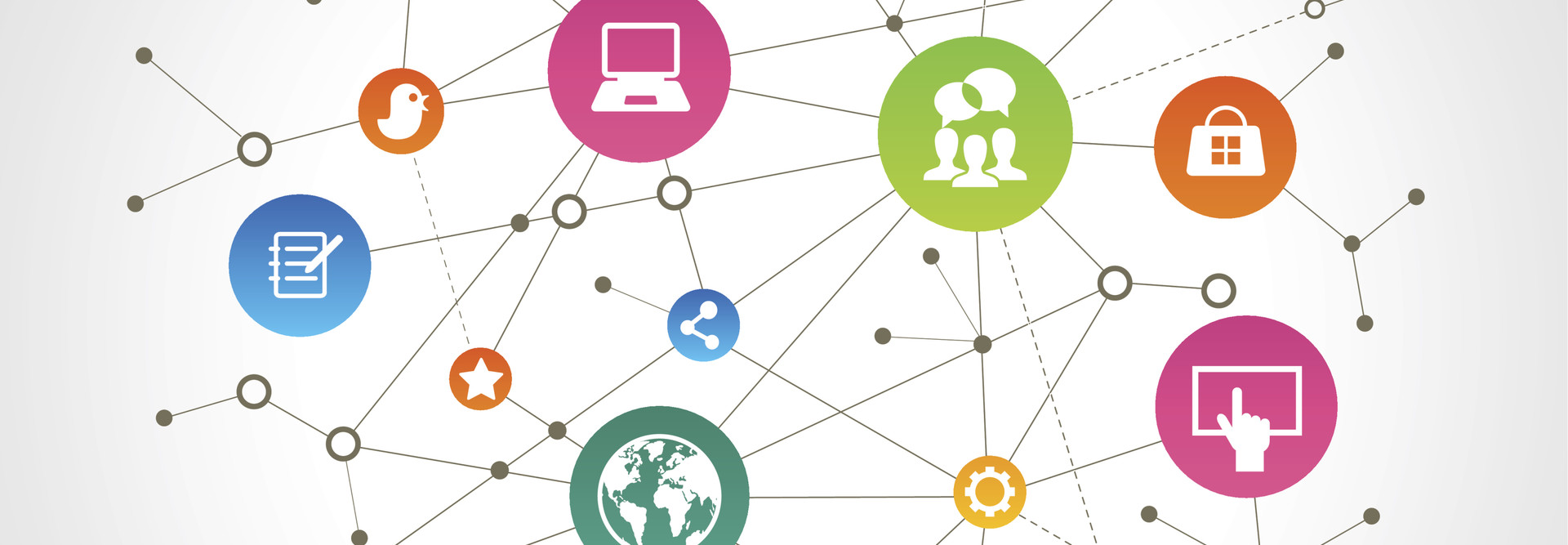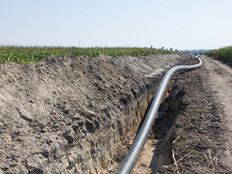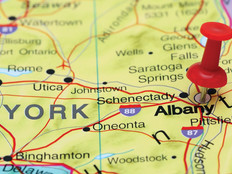How the Internet of Things Can Improve Your City
What if your car could detect pedestrians in its path and alert you and the people down the street?
What if first responders could use autonomous drones to provide cellphone coverage in a disaster area and help them locate victims?
These scenarios are more than hypothetical. Some of the brightest minds in the country are developing these technologies and demonstrating how they could help state and local governments improve the quality of life for their residents.
These technologies are possible today, and the vision of the future is here, said Chris Greer, senior executive for cyber-physical systems at the National Institute of Standards and Technology. Greer helped to kick off the first SmartAmerica Expo on Wednesday in the Washington, D.C.
The event highlighted 24 projects representing 100 organizations from academia, government and the private sector. The projects showcased how cyber-physical systems, also known as the Internet of Things can improve how cities manage large-scale events, respond to disaster scenarios and manage traffic flow. The projects are part of a larger initiative called the SmartAmerica Challenge. You can read more about the participating teams here.
This White House Presidential Innovation Fellow project was created “to bring together research in cyber-physical systems and to combine test-beds, projects and activities from different sectors, such as smart manufacturing, healthcare, smart energy, intelligent transportation and disaster response,” according to SmartAmerica.org.
Some technologies, such as the Safe Community Alert Network (SCALE), are being used today. For example, Maryland’s Montgomery County envisions using the technology on a wide scale to detect smoke, heat, light, carbon monoxide and other environmental factors in county facilities and residential homes.
The next phase of the SmartAmerica Challenge, called Global Cities, aims to connect city planners, mangers and leaders from cities across the nation, Europe, Asia and other parts of the world, Greer said. Participants will work on projects that address similar problems identified by teams in the SmartAmerica Challenge. The goal is to develop full-scale pilot programs and eventually deploy the technologies in various cities.
Global Cities launched in September, and Greer encouraged city leaders to get involved in the project.
The goal is not to showcase technology for technology’s sake, said Geoff Mulligan, one of the Presidential Innovation fellows who launched the SmartAmerica Challenge. “The point was how could we translate this into tangible benefits.”









